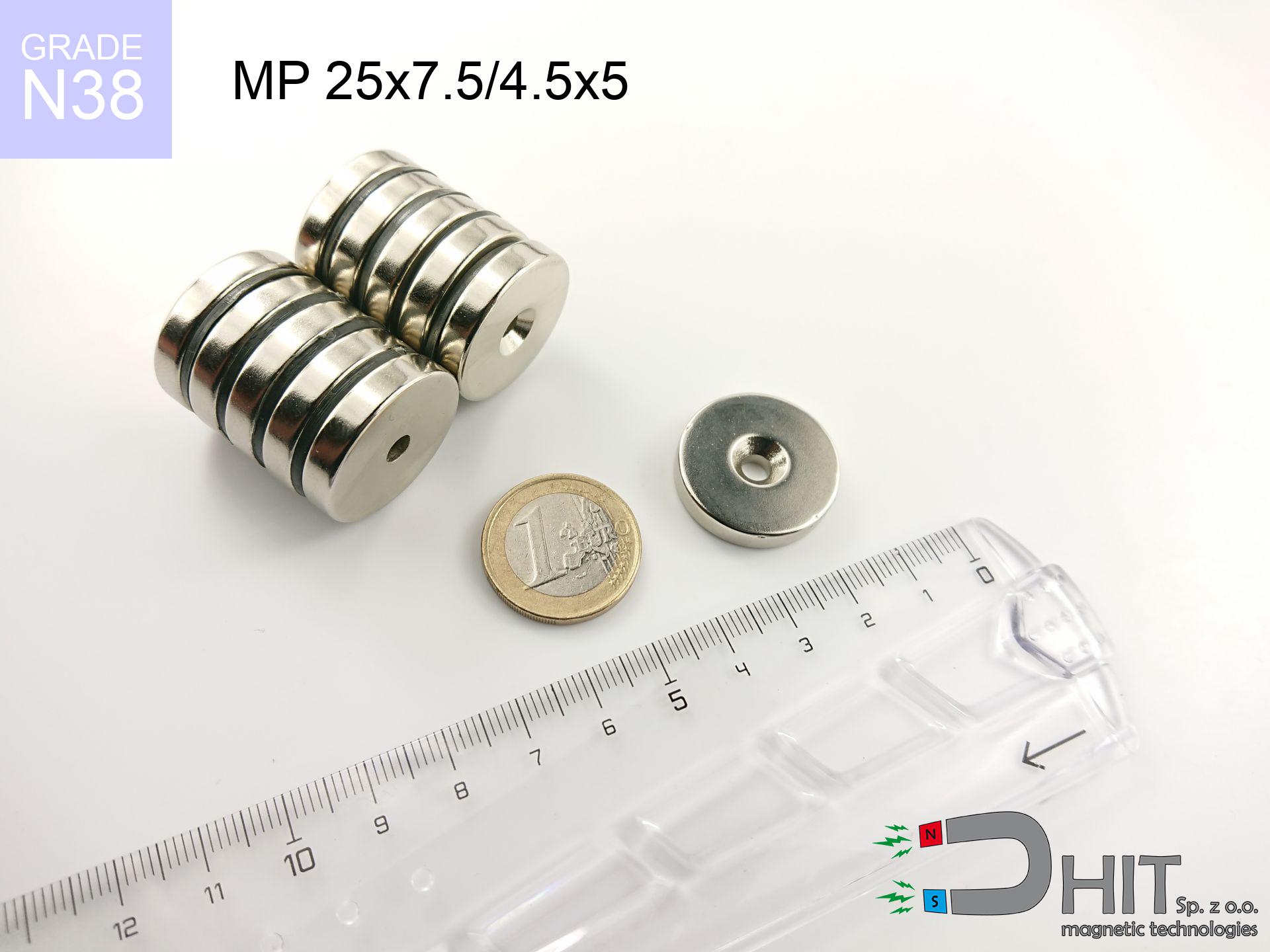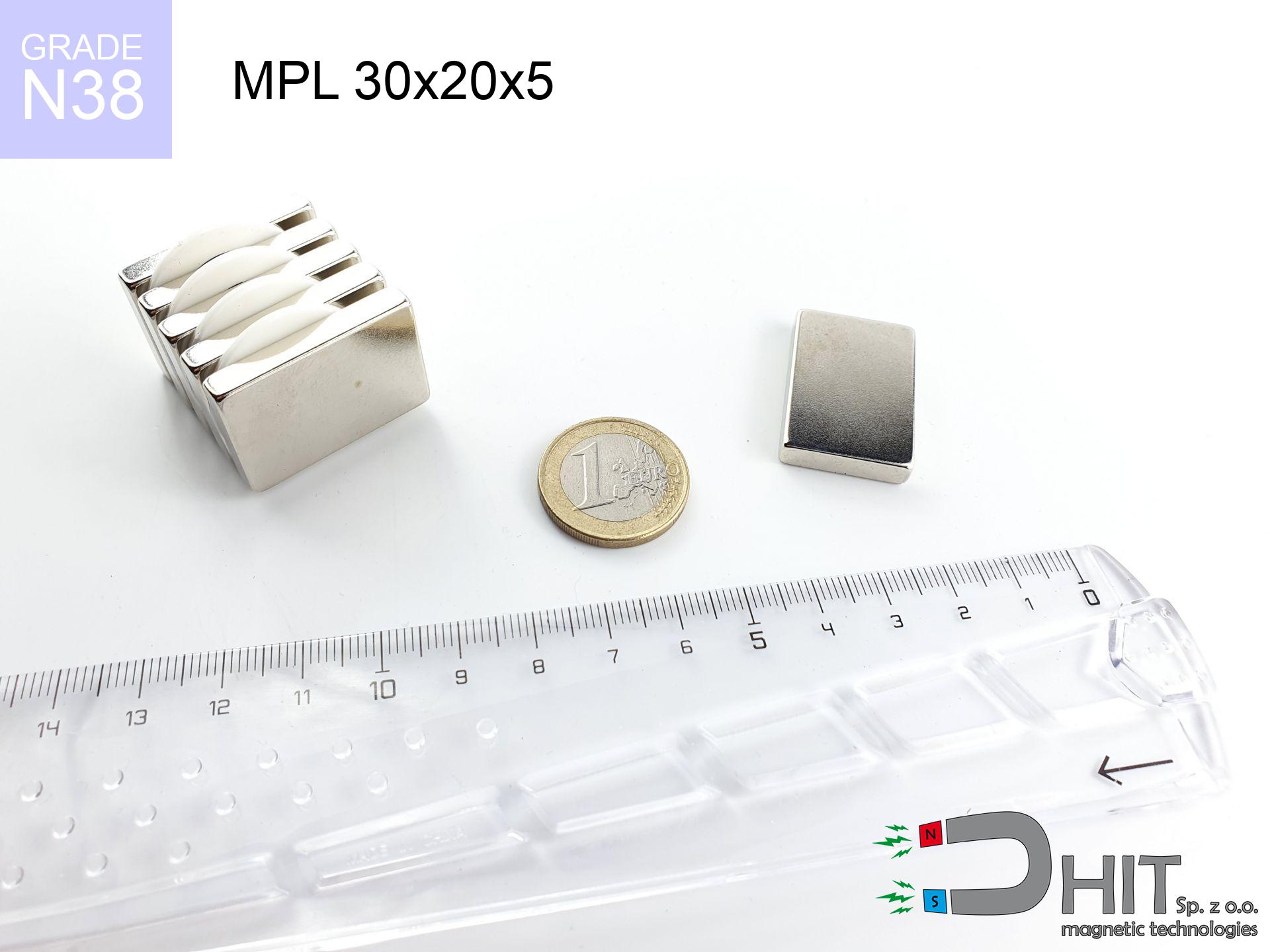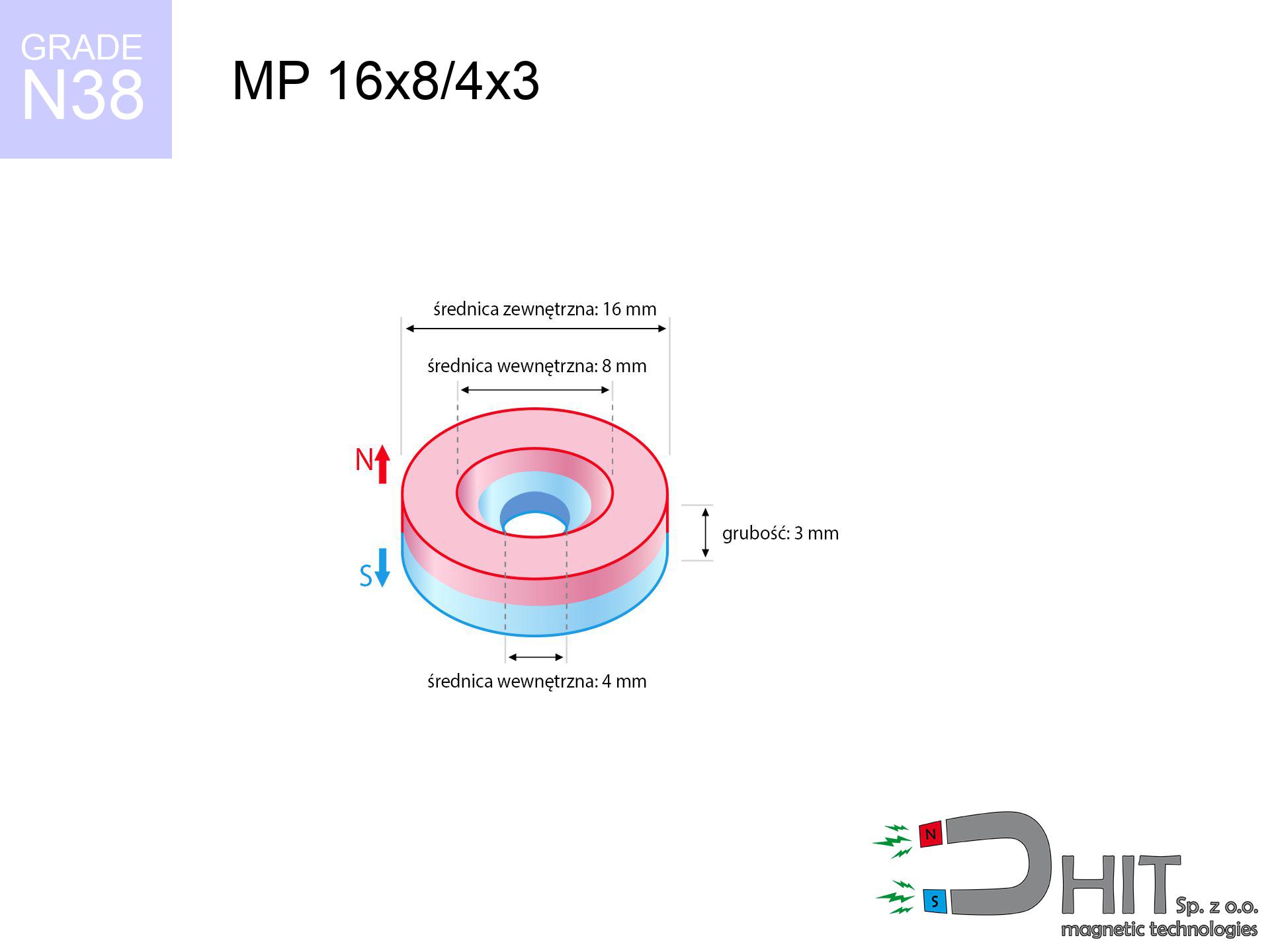BM 380x180x70 [4x M8]
magnetic beam
catalog number 090218
GTIN: 5906301812531
length
380
mm [±0,1 mm]
width
180
mm [±0,1 mm]
height
70
mm [±0,1 mm]
catalog number 090218
GTIN: 5906301812531
length
380 mm [±0,1 mm]
width
180 mm [±0,1 mm]
height
70 mm [±0,1 mm]
4185.07 ZŁ gross price (including VAT) / pcs +
3402.50 ZŁ net price + 23% VAT / pcs
bulk discounts:
need more quantity?Do you have difficulties in choosing?
Give us a call tel: +48 888 99 98 98 or contact us via form on our website. You can check the strength and the appearance of neodymium magnets in our power calculator magnetic calculator
Orders placed by 2:00 PM will be shipped on the same business day.
Specification: magnetic beam 380x180x70 [4x M8]
Choose recommended products
Advantages as well as disadvantages of neodymium magnets NdFeB.
In addition to immense power, neodymium magnets have the following advantages:
- They do not lose their power (of the magnet). After about 10 years, their strength decreases by only ~1% (theoretically),
- They are exceptionally resistant to demagnetization caused by an external magnetic field,
- Thanks to the shiny finish and nickel, gold, or silver coating, they have an aesthetic appearance,
- They possess very high magnetic induction on the surface of the magnet,
- By using an appropriate combination of materials, they can achieve high thermal resistance, allowing them to operate at temperatures up to 230°C and above...
- The ability for precise shaping and customization to specific needs – neodymium magnets can be produced in various forms and dimensions, which expands the range of their possible uses.
- Significant importance in advanced technologically fields – find application in hard drives, electric drive mechanisms, medical devices or other modern machines.
Disadvantages of neodymium magnets:
- They are fragile when subjected to a powerful impact. If the magnets are exposed to impacts, we recommend using magnets in a protective case. The steel housing in the form of a holder protects the magnet from impacts and at the same time increases its overall strength,
- High temperatures can reduce the strength of neodymium magnets. Typically, after heating above 80°C, most of them experience a permanent reduction in strength (although it is dependent on the shape and size). To prevent this, we offer special magnets marked with the symbol [AH], which are highly resistant to high temperatures. They can operate even at temperatures up to 230°C, making them an ideal solution for applications requiring high-temperature operation,
- Due to their susceptibility to corrosion in a humid environment, we recommend using waterproof magnets made of rubber, plastic, or other moisture-resistant materials when using them outdoors,
- The use of a cover - a magnetic holder is recommended due to the limited production capabilities of creating threads or complex shapes in the magnet
- Potential hazard associated with microscopic parts of magnets are risky, when accidentally ingested, which is crucial in the aspect of protecting young children. It's also worth noting that tiny parts of these products have the potential to complicate diagnosis after entering the body.
Be Cautious with Neodymium Magnets
Neodymium magnets are the most powerful magnets ever invented. Their strength can shock you.
Make sure to review all the information we have provided. This will help you avoid harm to your body and damage to the magnets.
Dust and powder from neodymium magnets are highly flammable.
Do not attempt to drill into neodymium magnets. Mechanical processing is also not recommended. Once crushed into fine powder or dust, this material becomes highly flammable.
Neodymium magnets can demagnetize at high temperatures.
Although magnets have demonstrated their effectiveness up to 80°C or 175°F, the temperature can vary depending on the type, shape, and intended use of the specific magnet.
The magnet is coated with nickel - be careful if you have an allergy.
Studies show a small percentage of people have allergies to certain metals, including nickel. An allergic reaction often manifests as skin redness and rash. If you have a nickel allergy, you can try wearing gloves or simply avoid direct contact with nickel-plated neodymium magnets.
Neodymium magnets should not be near people with pacemakers.
In the case of neodymium magnets, there is a strong magnetic field. As a result, it interferes with the operation of a heart pacemaker. However, if the magnetic field does not affect the device, it can damage its components or deactivate the device when it is in a magnetic field.
Do not place neodymium magnets near a computer HDD, TV, and wallet.
The strong magnetic field generated by neodymium magnets can destroy magnetic media such as floppy disks, video tapes, HDDs, credit cards, magnetic ID cards, cassette tapes, etc. devices. They can also destroy devices like video players, televisions, CRT computer monitors. Do not forget to keep neodymium magnets away from these electronic devices.
Neodymium magnets are particularly delicate, resulting in damage.
Neodymium magnets are extremely fragile, and by joining them in an uncontrolled manner, they will crumble. Neodymium magnets are made of metal and coated with a shiny nickel surface, but they are not as hard as steel. In the event of a collision between two magnets, there may be a scattering of fragments in different directions. Protecting your eyes is crucial in such a situation.
Neodymium magnets are primarily characterized by their significant internal force. They attract to each other, and any object that comes in their way will be affected.
Magnets may crack or crumble with uncontrolled connecting to each other. Remember not to approach them to each other or have them firmly in hands at a distance less than 10 cm.
Never bring neodymium magnets close to a phone and GPS.
Magnetic fields generated by neodymium magnets interfere with compasses and magnetometers used in navigation, as well as internal compasses of smartphones and GPS devices.
Magnets should not be treated as toys. Therefore, it is not recommended for youngest children to have access to them.
Neodymium magnets are not toys. Do not allow children to play with them. In the case of swallowing multiple magnets simultaneously, they can attract to each other through the intestinal walls. In the worst case scenario, this can lead to death.
So that know how powerful neodymium magnets are and why they are so dangerous, read the article - Dangerous very strong neodymium magnets.

![BM 380x180x70 [4x M8] BM 380x180x70 [4x M8]](https://cdn3.dhit.pl/graphics/products/bm-380x180x70-4x-m8-wex.jpg)
![badge holder 45x13x6 [C321] / N38 badge holder 45x13x6 [C321] / N38](https://cdn3.dhit.pl/graphics/products/ui45x13x6-c321-jic.jpg)




